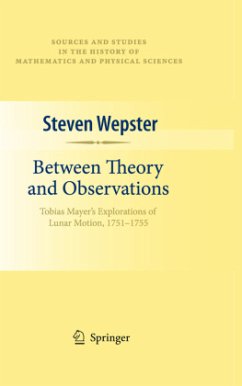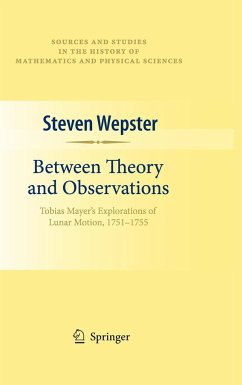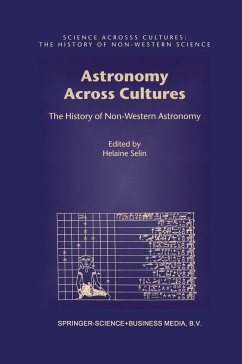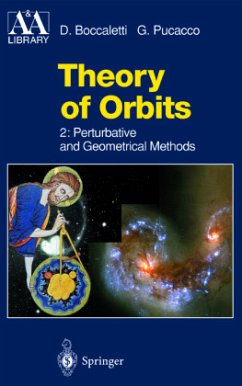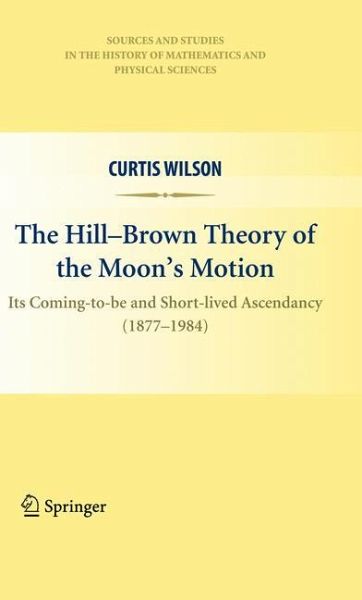
The Hill-Brown Theory of the Moon's Motion
Its Coming-to-be and Short-lived Ascendancy (1877-1984)
Versandkostenfrei!
Versandfertig in 1-2 Wochen
77,99 €
inkl. MwSt.
Weitere Ausgaben:

PAYBACK Punkte
39 °P sammeln!
The primary focus of this work is the mathematical, philosophical, and historical interest in the analytic solution to the lunar problem using the Hill-Brown method. It describes the development of the modern theory and calculation of the Moon's motion.
The Hill-Brown theory of the Moon's motion was constructed in the years from 1877 to 1908, and adopted as the basis for the lunar ephemerides in the nautical almanacs of the US, UK, Germany, France, and Spain beginning in 1923. At that time and for some decades afterward, it was the most accurate lunar theory ever constructed. Its accuracy was due, rst, to a novel choice of "intermediary orbit" or rst approxi- tion, more nearly closing in on the Moon's actual motion than any elliptical orbit ever could, and secondly to the care and discernment and stick-to-it-ive-ness with which the further approximations ("perturbations" to this initial orbit) had been computed and assembled so as yield a nal theory approximating the Moon's path in real space with an accuracy of a hundredth of an arc-second or better. The method by which the Hill-Brown lunar theory was developed held the potentiality for still greater accuracy. The intermediary orbit of the Hill-Brown theory may be described as a periodic solution of a simpli ed three-body problem, with numerical parameters carried to 15 decimal places. George William Hill, a young American mathematician working for the U. S. Nautical Almanac Of ce, had proposed it, and computed the numerical parameters to their 15 places. A self-effacing loner, he had in his privately pursued studies come to see that the contemporary attempts at predicting the Moon's motion were guaranteed to fail in achieving a lunar ephemeris of the accuracy desired.





